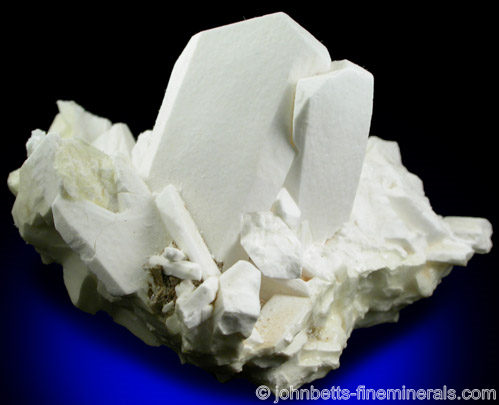The Mineral tincalconite

Most Borax specimens lose water in their structure if stored in dry areas and alter to Tincalconite. Although Tincalconite is found in a natural state, almost all specimens were transformed from Borax after being taken from the mine.
The name Tincal in ancient times applied to the mineral Borax, but now it is synonymous with Tincalconite.
Chemical Formula
Na2B4O7 ·
5H2O
Properties
Streak
White |
Hardness
1 |
Transparency
Opaque |
Specific Gravity
1.88 |
Luster
Dull |
Cleavage
None |
Fracture
Earthy |
Tenacity
Brittle |
Other ID Marks
1) Has a sweetish, metallic taste.
2) Dissolves in water. |
Noteworthy Localities
Tincalconite is found most significantly at the Boron, in the Kramer District, Kern Co., California. It occurs in several other Borax localities, such as Searles Lake, San Bernardino Co., and always as a pseudomorph of Borax.
Distingushing Similar Minerals
Tincalconite's unusual properties distinguish it from all minerals.